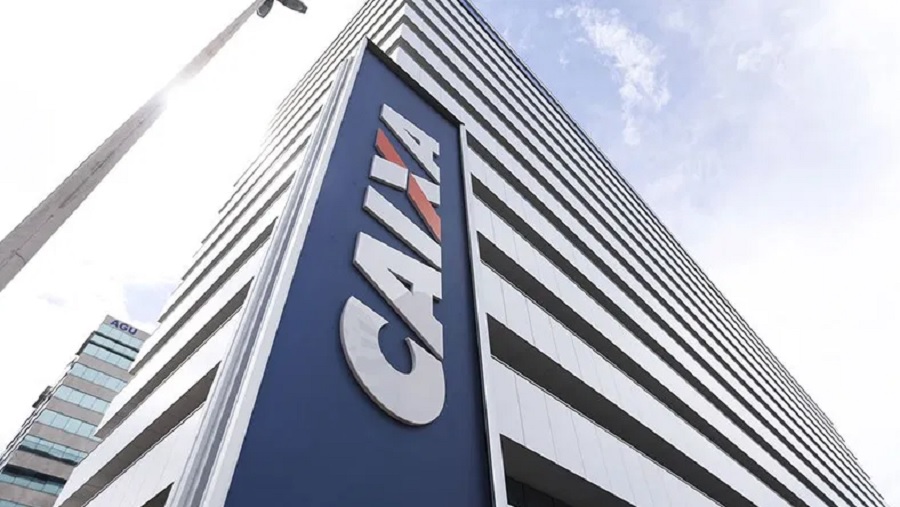RIO DE JANEIRO, BRAZIL – With a 67% market share, state-woned Caixa Econômica Federal is considered the largest real estate lender in the country. The bank presents essential data, with a housing credit portfolio with a volume of R$534.6 (US$100) billion and about 6 million financing contracts. In August this year, the bank reached a record of R$14.01 billion in new contracts.
In an interview with Exame Invest, Pedro Guimarães, president of Caixa, said he was delighted with the bank’s performance in relation to bank credit. “When I took over the bank, Caixa was in fourth place in loans with SBPE [Brazilian System of Savings and Loans] resources. In a few months, we became the leader. It was a great change. We were a bank with no focus. Today we are focused on low and medium-income people,” he said.

Besides the strategy in a new focus, the executive also highlighted that the bank presented losses related to investments made through the Guarantee Fund for Length of Service (FGTS) in the past managements.
“Generally speaking, the losses totaled about R$24 billion. Part of the losses came from loans made to large companies. Today, we prefer to lend to micro and small businesses. The money we used to lend to big companies. Today, it is geared toward MSEs.”
According to Guimarães, as the Caixa is responsible for managing the FGTS, as there were losses in previous years, outside the current management, it impacted the real estate credit for popular housing. The estimate made by Guimarães is that 240,000 families lost their housing credit during this period. “This is a thing of the past. Today, in popular housing, we have 99% of the market. Only Caixa does that.”
Pedro Guimarães also highlighted the bank’s new lines of credit in the last two years. The first launch was the credit line with IPCA-based correction. Launched in July 2019, the Caixa president pointed out that it revolutionized the market and brought innovation to bank credit. Currently, in this line, the rates range from IPCA + 3.55% per year to IPCA + 4.95% per year.
At the beginning of this year, Caixa launched a credit line linked to the profitability of savings. “The first to launch this line was Itaú. We like competition, and we have adjusted.”
Last week, the bank announced an interest rate reduction on this line. As of October 18, the rates will start at 2.95% per year + savings rate. It is worth remembering that the savings rate is 70% of the Selic.
Currently, the Selic is at 5.25% a year, but it should have a new increase this Wednesday, the 22nd. The market expectation is that Copom will announce addition of 1 percentage point, raising the Selic to 6.25% a year.
Finally, Caixa launched a fixed-line, whose rates vary between 8.25% per year and 9.75% p.a. According to Guimarães, this line has the least adherence. “Today, the most sought-after line is the TR, followed by the savings line and lastly the IPCA line.” He adds that currently, the market’s volatility ends up hindering the choice of those seeking financing, but it is a record of the current scenario. Regarding inflation, Guimarães added that it is a momentary issue. “It’s something seen as short-term because we haven’t had a structural change.”
CAIXA’S FUTURE
The Caixa president said he has no ambitions to expand its operations further in the home loan segment. According to Guimarães, the bank will focus on loans for micro and small businesses since defaults are very low and on the agribusiness segment.
“We have a competitive advantage due to our having branches spread out all over the country. It is a robust market, and our strategy is long-term.” The bank’s goal is to have 25% of the market when it comes to agribusiness-oriented credit. This year, Caixa announced that it would build 100 new branches exclusively to serve the agro public.
Source: exame

